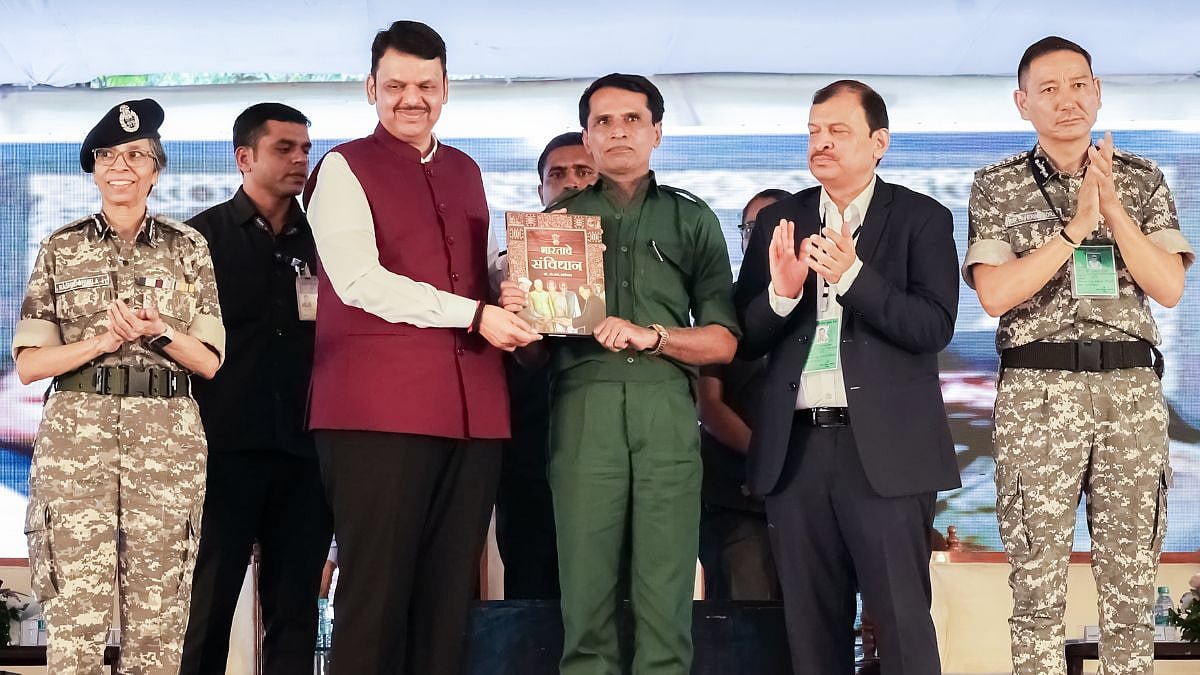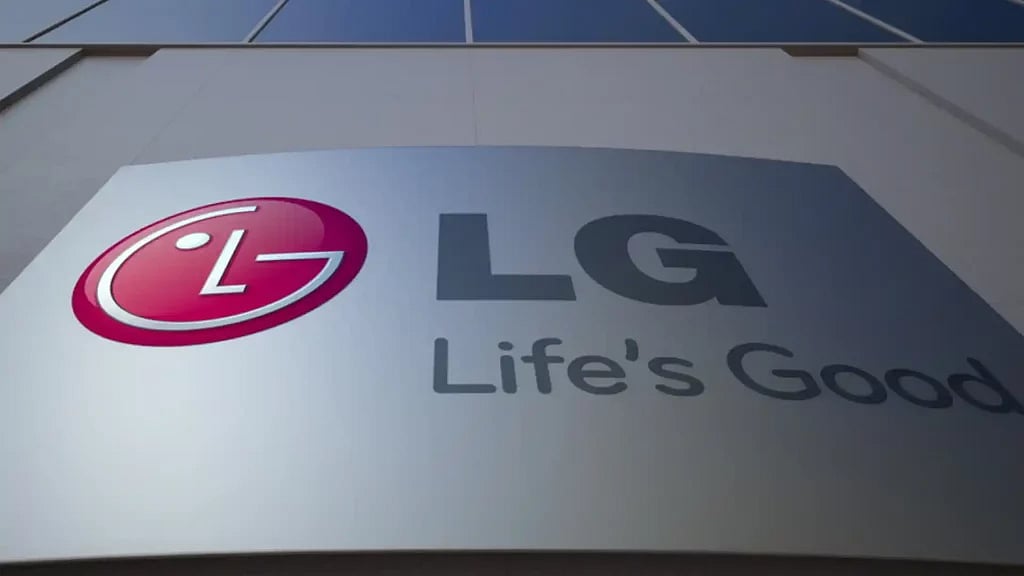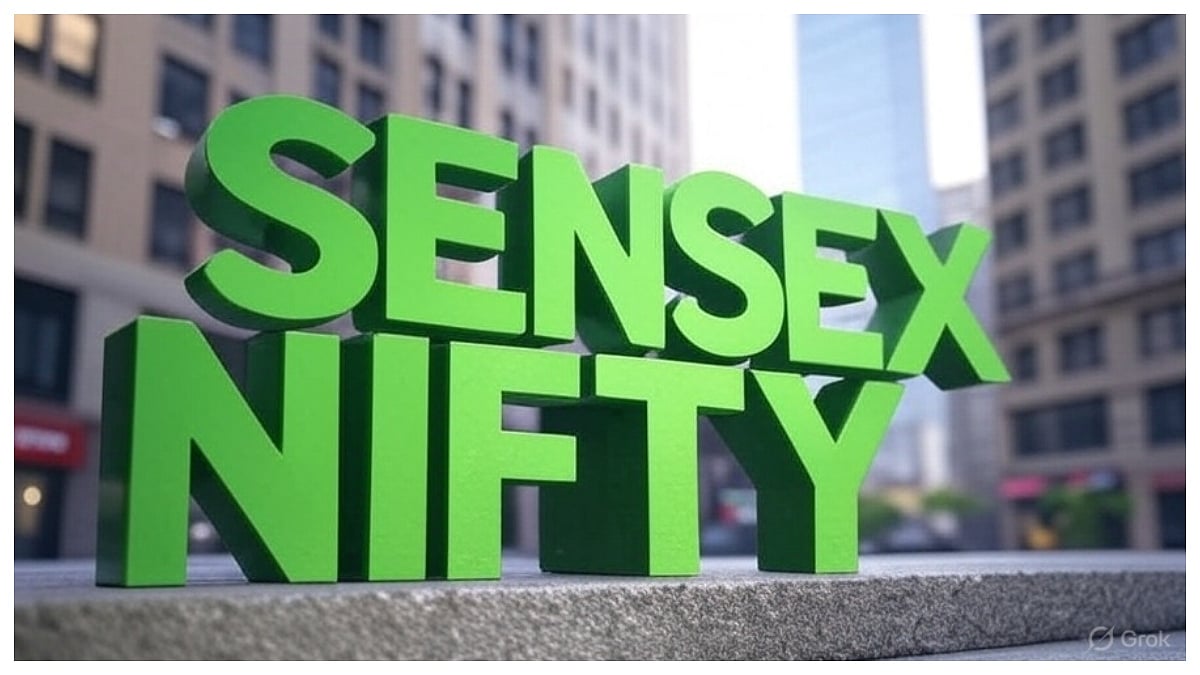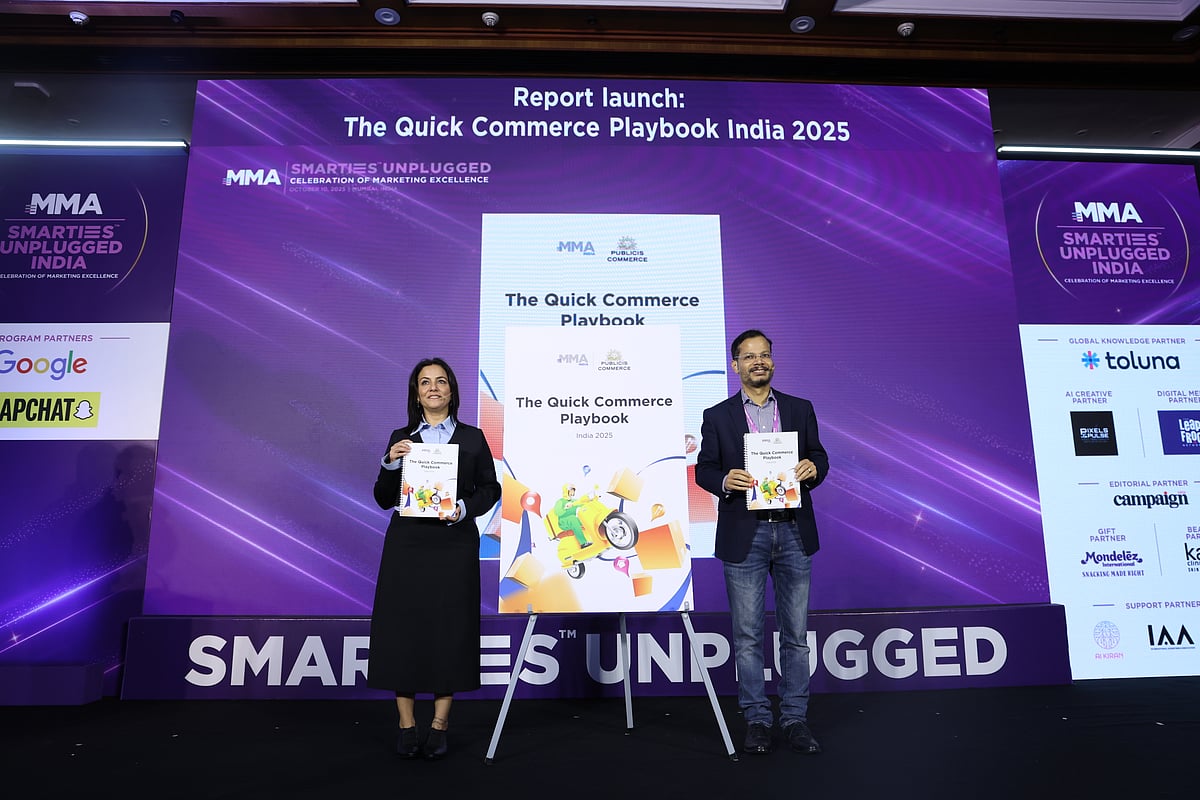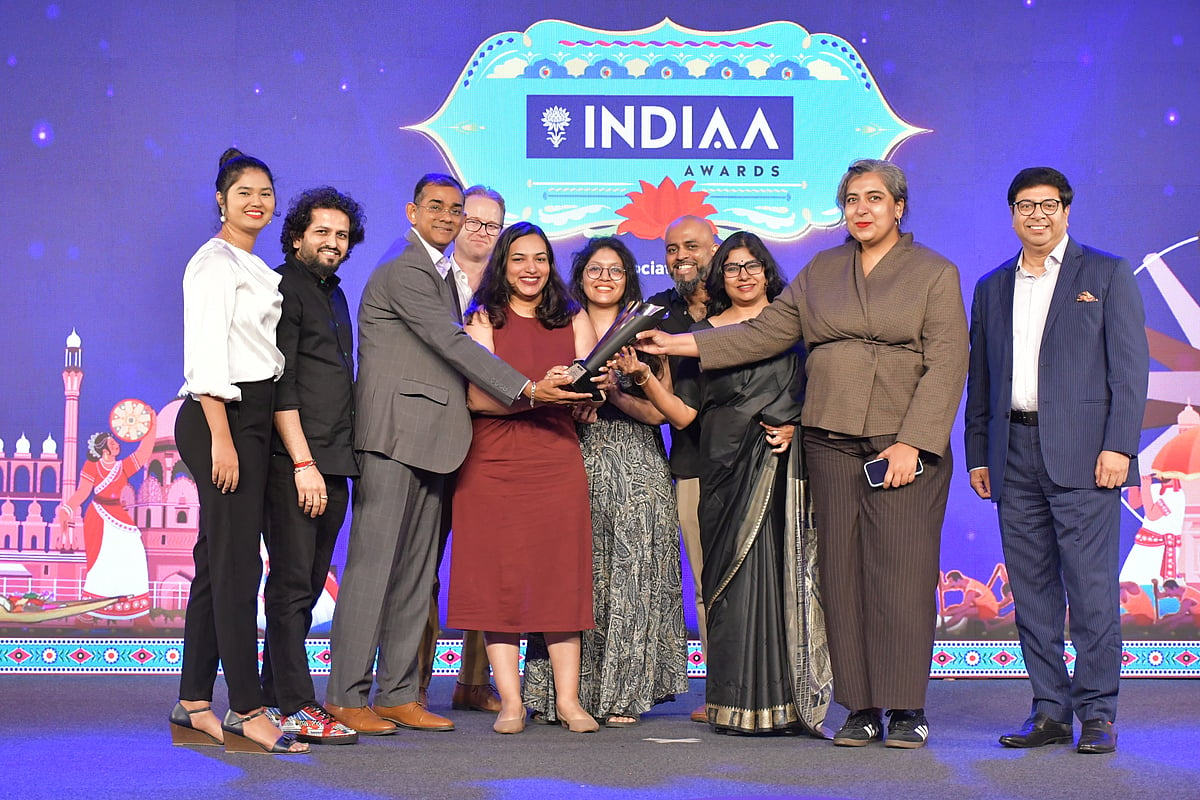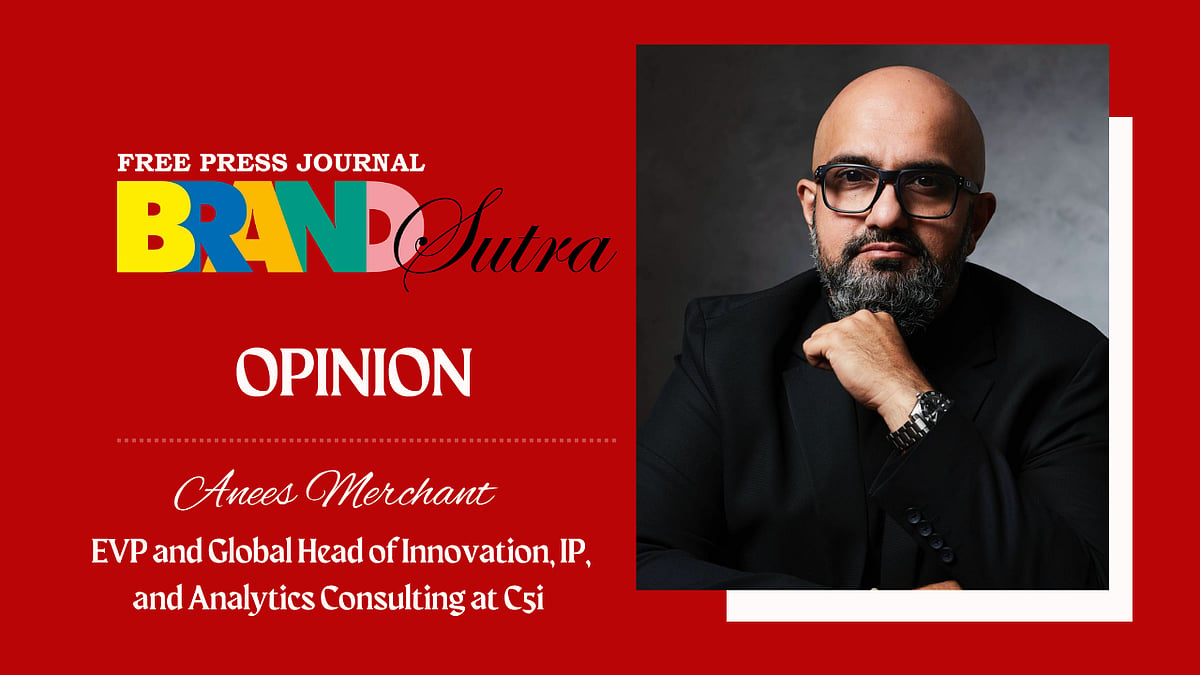HRX has been around for 10 years. Tell us about HRX’ association with sports and now the IPL teams.
When HRX came to the market 10 years back, there were the big forces – the global brands. Their products were not affordable for some customers because it was a very expensive affair. It was not meant for everyone, which means sports and fitness were not democratised yet.
We thought of addressing the everyday athletes, showing them direction towards doing something on a day to day basis, which takes them one step ahead. The positioning of HRX started there, as the brand for everyday athletes.
We started from grassroot level, be it for sports or fitness. We were for those people who walk on the beaches, garden, for the ones who play street cricket and football on the fields. We sponsored a lot of these sporting events at the root level in cities like Delhi, Mumbai and Pune, supporting smaller clubs, sponsoring apparel and coaching kits.
Now, HRX has graduated where we feel that both product and brand wise, people have that kind of responsiveness towards us where we can advocate serious things. We are now getting into specialised sports, performance gear in badminton, cricket and tennis.
Hence, IPL was a thought through association because what more can connect Indians than cricket. ABC is an inevitable part of India – Astrology, Bollywood and Cricket. Bollywood is an inevitable part of HRX (which stands for Hrithik Roshan Extreme), cricket was a missing link. We were associated with ISL before, where we had team ownership of FC Pune. This is the first year of association with IPL for HRX.
This is the first time we have got into fan merchandise sales. Honestly, it was not done to create a big change to the business plan. It comes from the brand ethos on how do we start linking back to sports, as we have done all the grassroot level activities, how we will start inching towards professional activities? The association with the IPL teams is for the love of cricket and to cater to people who believe in cricket, for our everyday athletes who see motivation there.
The teams are selected based on their popularity and how we can potentially tap into their larger fan base. All four teams’ merchandise are doing well and also it depends on the seasonality of the teams at various points in time. We will continue this association for the coming seasons as well. We believe in going deeper and not so much wider. I don’t think our strategy says that we should become fan merchandise for all the teams, but probably increase the width of the merchandise range.
Who is the core TG of the brand?
As mentioned earlier, our positioning is for everyday athletes, anybody and everybody who is making an effort to be fitter on a daily basis. The ones who are inching towards fitness in some way or the other, not necessarily going to the gym. Those who are doing moderate exercises like breathing or yoga. There is so much proliferation for sports in our country, parents believe in sending children for sports training, there is emergence of many academies. The potential age for practicing sports and related activities begins from 14 to 15 years. Starting from that age group it goes to an age group of 50 to 55 years in terms of product and offerings.
We have a specialised brand called U-17 (Under 17 )for HRX that caters to teens, young adults.
We have a strong consumer base in Bengaluru, Mumbai, Delhi, Kochi, Indore, Lucknow, Jaipur, Pune, Kolkata, NCR… all major urban cities and the new metros are showing an uprise in fitness and great adaptability in terms of wanting to do things for their wellbeing.
You opened the brand’s first offline store in Bengaluru in January 2023 and one in April 2023 in Mumbai. How has the initial consumer response been?
There are three stores in Bengaluru, we opened one recently. So technically we opened the fourth one in Mumbai. We have opened one in Indore as well, which makes it five stores which are company owned and operated.
The response has been good. It has been great for us because finally we belong in the hub of sports – you like to see yourself on the same floor as the global brands, the same customers visit our stores as well. For the customers, what we didn’t have for over a decade as an online brand was the touch and feel. A lot of consumers had been apprehensive thinking that it could be a cheap product because our products come at a reasonable pricing. Finally we are able to address that issue; customers find the products lucrative.
We are planning to expand it further in Indore. We also want to expand to Lucknow, Kochi. In terms of numbers, we are planning for 10 more stores this calendar year.
Does HRX sell through other retail stores (MBOS)?
We were strictly an online brand until last year. We didn’t have any offline presence. We haven’t done any MBOs thus far. The reason behind that is, for stores and offline distribution, you can’t put the products available online and sell it at a discounted price offline. You need to create a separate portfolio of products instead. We have initiated that process already. For that to be closed, we need minimum order quantities to make business sense. We are undergoing the process of placing merchandise for offline stores, both in EBOs and MBOs. That should be available by August-September this year; that’s when we will hit the MBOs as well.
We have a separate ‘H’ collection which is exclusively for offline stores, which is priced differently from what is available online. We are now working on making the H collection wider. Offline merchandise is remarkably different from online. There will be no price parity between these two platforms.
What is the split you see between online and offline sales?
Currently it is very miniscule. In the first year we are going to take time to create that exclusive merchandise which will get done only by September 2023. That means we will get only one quarter in the new phase of the brand. Next year will be our real litmus test. Focus is to increase the footprint, not so much to add revenue.
What is the share of metros and Tier 1, 2? Where do you see the maximum potential for HRX?
We are not into Tier 2 and 3 so much. Our maximum contribution comes from urban cities and new metros. The share would be 80:20; metros and Tier 1 contribute 80 pc.
What is the average order value? Is there scope in the rural markets?
We don’t have a presence in the rural market. Fitness is still an urban phenomenon; you don’t expect smaller cities to contribute hugely to the fitness market yet. The average order will be in the Rs.1,500 to 1,600 zone.
HRX has T-Shirts, Track Pants, Jackets, Sports Bras, Tights, and Footwear. Which category contributes to the majority of the brand’s revenue?
The broader revenue is split 65 pc men and 35 pc women. Of the 65 pc from men, a major share comes from track pants and T-shirts. Of the 35 pc from women, major revenue is from leggings.
The brand also has fitness equipment, audio, nutrition, and personal care selections. How have these segments been performing? What are the contributions of these segments to sales?
Like Decathlon, HRX is also a fitness brand which has multiple category presence. The difference is that our products sell under different channel partners like Flipkart, Myntra etc. Individual contributions are measured at a platform level. Myntra contributes separately for apparels, footwear etc; we sell equipment on Flipkart.
But we see a lot of potential in the equipment category. We are planning to grow it to a Rs.100 crore category in the next three years. We have a cloud kitchen offering with Eatfit, which is doing very well. We have a partnership with Noise where we make smart wearables.
Collectively, our revenue would be approximately Rs.1,000 crore.
Tell us about the partnership with Noise.
We partnered with Noise in 2021. We were in talks with them during the pandemic period. Noise is amazing in their space. They were the first brand who started making their own smartwatches in India while many other players were trading it from China. They have a strong tech team inhouse and hence development and understanding of the consumer, the feedback loops were easy and faster. The hardware is great as it is assembled in India, with less dependence on China or other markets.
Starting this year, we launched two HRX products with them – HRX Bounce and HRX Sprint. The thought process was to create a fitness equivalent. Currently you have brands like Garmin who cater to running, then you have Apple. It is a wide segment. For being a fitness watch you need to have high accuracy, which doesn’t come at all price points. To fill the gap between entry level products and Apple, there is nobody right now. We are trying to fill that gap and create fitness products at a much affordable price point but with high accuracy.
The thought from this partnership is to take help from Noise in terms of its tech know-how, supply chain, distribution and consumer understanding and to create a fitness portfolio which is housed under Noise. Noise will continue the lifestyle brand in the fitness watch segment. We are progressing; hopefully we will have three more products launched with Noise, which makes it a total of five.
The brand launched a sports and performance nutrition brand in association with oZiva – HRX AGAME. How do you assess the category performance thus far? Do you have any plans to move into the functional foods category?
We wanted to do a dipstick in the nutrition market, especially sports nutrition. It is a very tough and tricky market in terms of quality products at good pricing. We have stopped HRX AGAME as it was a test period and oZiva got acquired by Unilever.
There are developments happening. As mentioned earlier, it is a very tricky market and we have to work a lot on distribution to figure out the entire process. We have plans to move into the functional foods category. It is a very meaningful category and for us it makes absolute sense. But we need to get the products and pricing right. The category requires a lot of thought-through pricing. It should be affordable, have good taste, and offer high efficacy, otherwise adaptability will fall.
You have recently conducted a half marathon in Mumbai. How important are community events and experiential for HRX? Will we see more IPs?
We have grown because of the love of community. When we got into community creation on-ground, we realised that grass root level is the way to move forward. We started reaching out to communities and supporting them as a lot of them needed that and many of them have come out with flying colors because of the right support and training.
When we started community initiatives it was much smaller. But we were more receptive as a homegrown brand; we could take their feedback and plug them into our system. We asked consumers and they sent us some phenomenal content. We put it all together which became the brand film for HRX. It went on to win several awards and garnered over 10 million organic views on social media.
From then on, we started picking our athletes and started featuring them in campaigns. Community is becoming very important as we take them, their feedback and presence very seriously.
For the first chapter of the marathon this year we got over 6,000 registrations. The kind of response we got on the ground has given us more confidence in doing this more often. Not just marathons, running as a sport is definitely going to pan across more cities in more forms. We want to do more IPs for women and under 17.
What is the annual marketing spend? How much of this goes to advertising and within that, how much is digital?
It really depends on channel to channel and business to business. Let me take the example of apparel and fashion which is the biggest for us. There we will be looking at 5 pc of the overall revenue towards marketing. Of that at least 70 pc was dedicated towards digital as we were an online brand. The remaining 30 pc we used for community related activities and brand films. ATL is not in our plans as of now.
MN4U SYNDICATE
Feedback: fpjbrandsutra@gmail.com

